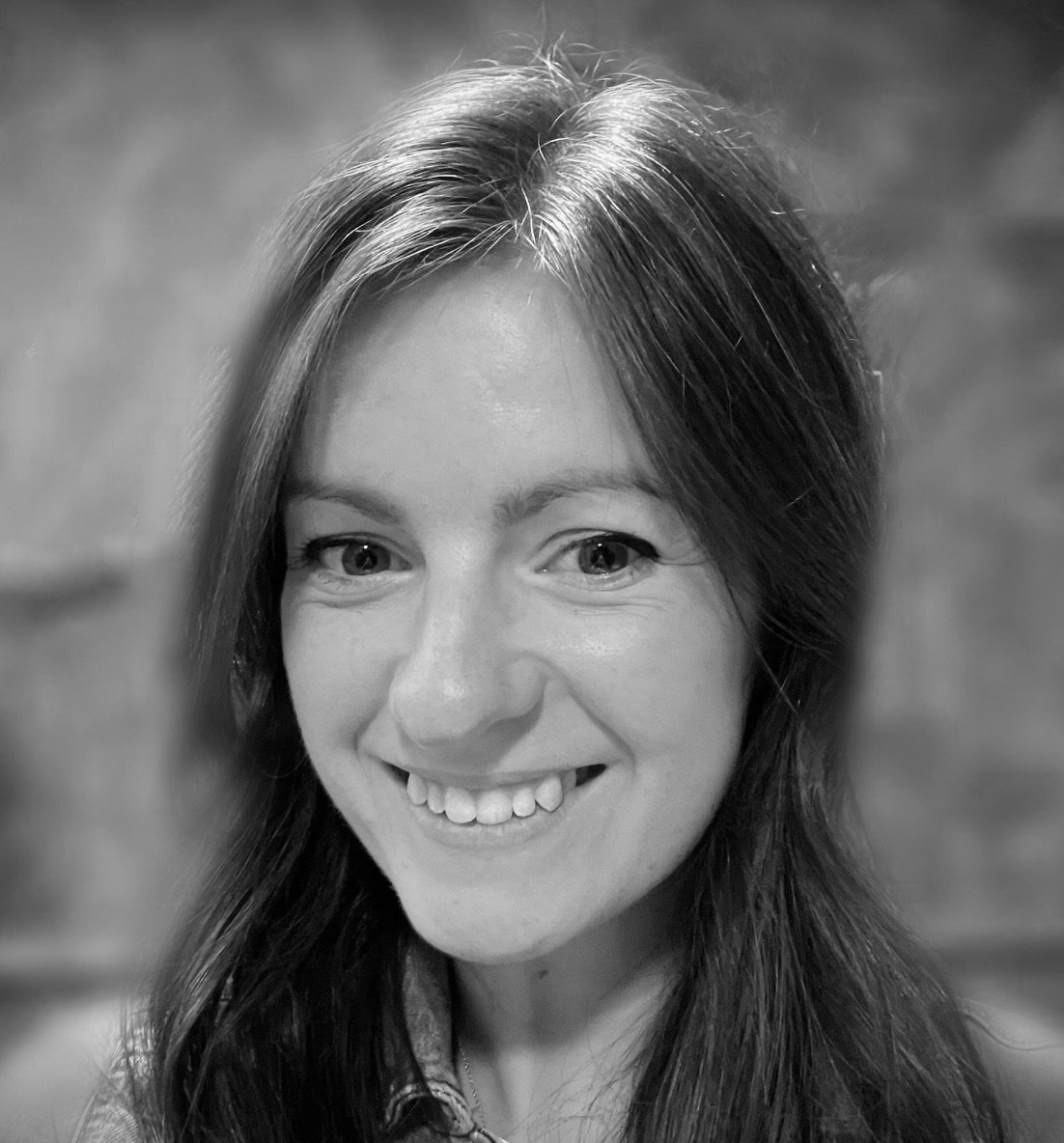Syllabus Edition
First teaching 2024
First exams 2026
Matthew Hopkins & the Witch-Hunts of 1645–47: Case Study (Edexcel GCSE History) : Revision Note
Matthew Hopkins & the Witch-Hunts of 1645-47: Case Study – Timeline & Summary

Between 1645 and 1647, England saw a huge increase in witchcraft accusations. Mass fears of witches’ dark magic led people to hunt for witches in their own communities. Though people had started to fear witches more since the reign of James I, the English Civil War greatly exacerbated these fears. The conflict dramatically altered people’s daily lives. There was an intense atmosphere of insecurity and distrust. Fearful communities in East Anglia called upon Matthew Hopkins. Hopkins was the so-called ‘Witchfinder General’ who enforced the law on witchcraft. Hopkins played a crucial role in the prosecution and execution of ‘witches’. |
What were the Witch-Hunts?
The ‘witch-hunts’ were the active attempts of people to discover witches in society
People believed that witches practised harmful magic against their neighbours or livestock
Hundreds were investigated:
Mostly women
Especially the elderly, poor and disabled
A few men
Mostly clergy
They were concentrated in particular areas, especially East Anglia
Where did witch-hunts take place?

Reasons for 1645-47 Witch-Hunts
Witchcraft was a serious crime throughout the early modern era
It became even more serious in the 1640s
Civil War
The impact of the Civil War contributed to the 1645-47 witch-hunts:
Political
The control of local authorities was significantly weakened
For instance, the fighting stopped royal judges from being able to travel as easily to judge cases
In some areas, law and order completely collapsed
Many locals took cases into their own hands
Witchcraft accusations allowed authorities to reassert some control
Social
Husbands went away to fight
This left many women alone or widowed
These women were more vulnerable to witchcraft accusations
People also travelled more with armies or to look for work
Towns and villages therefore had more strangers in them
This increased feelings of suspicion
Religious
The divide between Catholics and Protestants became stronger
Puritan Parliamentarians accused Royalists of witchcraft
This is because some Royalists were Catholics
Individuals
The influence of specific individuals contributed to the 1645-47 witch-hunts:
James I
King of England, Scotland and Ireland
Encouraged witch-hunting throughout his reign
Argued that witchcraft was a crime against both the monarch and God
His fear of witchcraft created panic throughout England
What was Daemonologie?

Matthew Hopkins
A lawyer and self-proclaimed ‘Witchfinder General’
Stirred up mass panic and fear of witches through
His writings
His prosecutions
Without Hopkins, witchcraft accusations may not have increased
Law Enforcement: Matthew Hopkins
Hopkins’s ‘work’
A Justice of the Peace (JP) employed Hopkins to find witches in East Anglia
He worked with his assistant, John Stearne
Towns and villages also called on him to rid their communities of witches
He got paid for each prosecution and he also charged expenses for his time
Historians estimate that 300 people were investigated for witchcraft because of him
Hopkins’s ‘evidence’
Hopkins needed evidence to convict people of witchcraft
He presented the following as sufficient ‘proof’ that people were witches:
Confessions
Hopkins used torture to extract confessions
He would deprive the accused of food and sleep for several days
Others’ accounts
Children believed to be ‘possessed’ would sometimes make witchcraft accusations
Supposed witnesses sometimes came forward and gave accounts of the accused’s witchcraft
Other ‘proven’ witches sometimes swore that the accused was a witch
‘Familiars’
If a certain creature entered the interrogation room, Hopkins would say that it was a witch’s familiar
Typical ‘familiars’ included mice, flies, spiders and cats
Physical signs
The accused did not bleed after being pricked with a needle
Unusual marks on the body, like scars, boils or spots
These were considered the ‘Devil’s mark’ from which familiars sucked witches’ blood
In reality, these marks were usually from manual labour
The ‘swim test’
Similar to the medieval trial by cold water
The accused was lowered into water with their hands bound and a rope tied around their waist
If they floated, they would then be examined for the ‘Devil’s mark’ as conclusive ‘proof’ of their witchcraft
This test meant that some of the accused died by drowning
The image below is of the frontispiece of Hopkins’s 1647 pamphlet, The Discovery of Witches.

Punishment for Witchcraft
In the early modern era, witchcraft was a capital offence
Hanging was the most common method of execution for those convicted
Overall, around 1,000 people were executed for witchcraft between 1542 and 1736
Worked Example
Describe one feature of Matthew Hopkins’s role in the witch-hunts of 1645-47
2 marks
Answers:
A Justice of the Peace employed Matthew Hopkins to find witches in East Anglia. (1) Hopkins was paid for every prosecution (1).
Examiner Tips and Tricks
Remember to use specific details in your answers to back up your points, such as where the witch-hunts took place and the methods Hopkins used.
This question previously asked students to describe two features of a given event. This question was out of four marks. However, as of 2025, Edexcel will split this question into two subsections, asking you to describe a feature of two different events. Each subsection is worth two marks.

You've read 0 of your 5 free revision notes this week
Unlock more, it's free!
Did this page help you?

